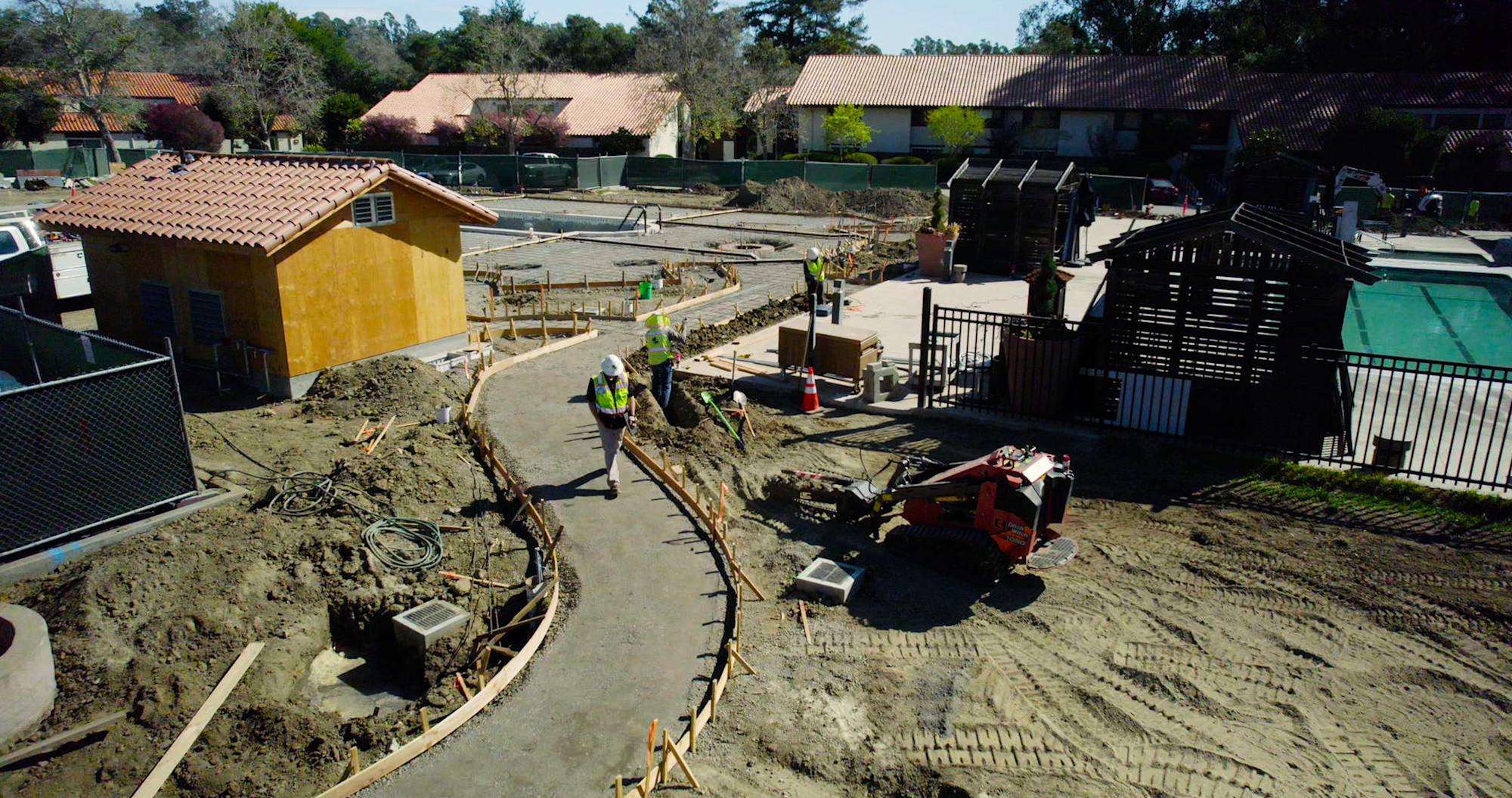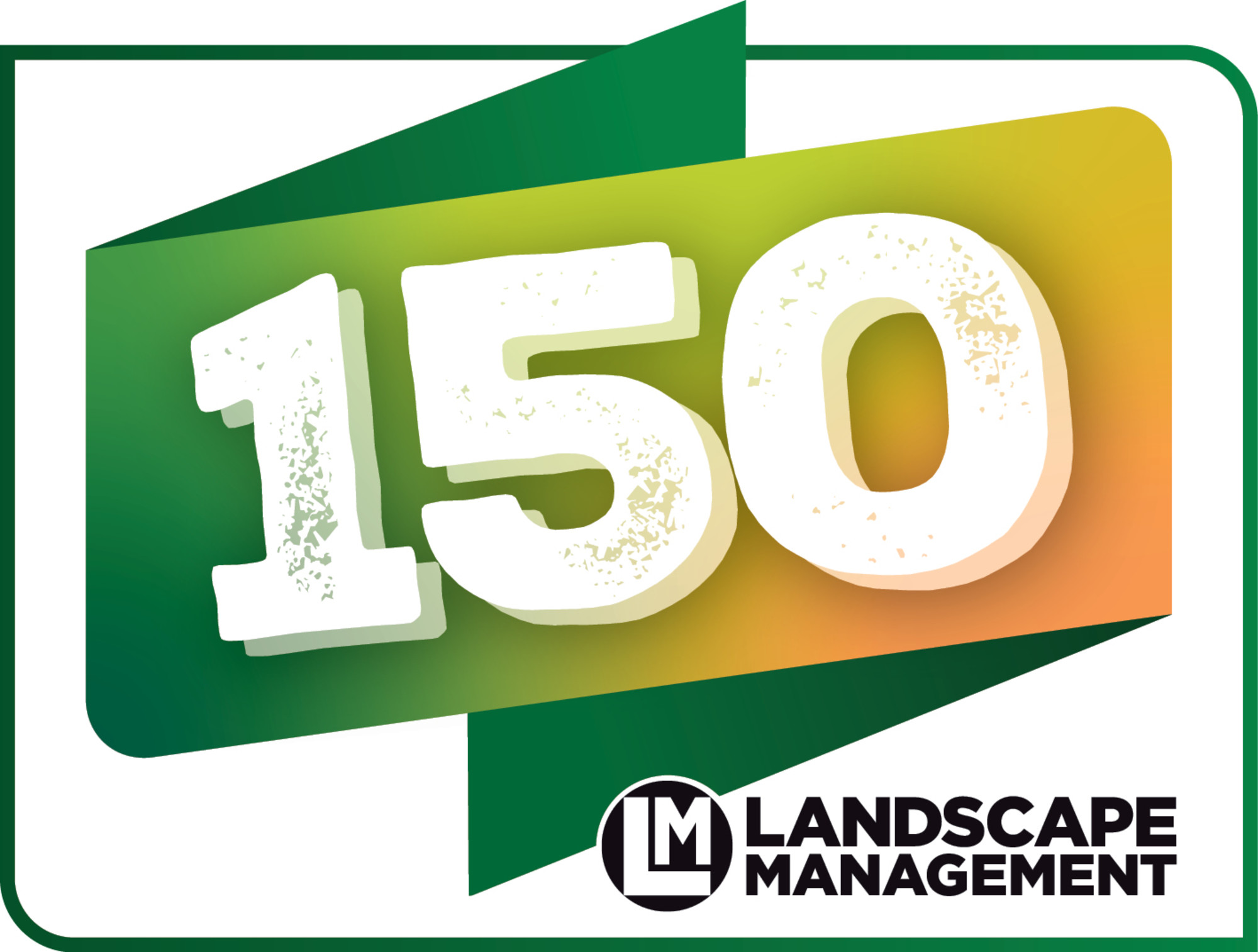Landscaping businesses struggle with inventory issues, such as lost revenue from stock shortages, overspending on unnecessary items, and manual stock-taking that takes too long.
A good inventory management system is key for business owners to provide professional customer service, vital to landscaping.
Good inventory management processes save time, reduce costs, and improve customer satisfaction. By simplifying and maintaining stock levels, you can control costs and make lawn care clients happy.
Read the below tips to improve your landscaping business’s inventory management.
What is Landscaping Business Inventory Management?
Inventory management in the landscaping industry means tracking and controlling all the materials needed for a job, including:
Plants, soil, and mulch
Hardscaping supplies
Tools and equipment
Consumables
It also ensures materials are available when needed, minimizes waste, and optimizes costs.
With a good landscaping inventory management system, landscaping companies can become more efficient, thus taking on more landscaping projects, offering more landscaping services, and obtaining better customer management.
Landscaping business inventory management consists of:
Tracking Materials
Use inventory management software: This is closely related to workflow management systems. Use inventory management software to get real-time data on stock levels so you can keep accurate records of materials. This way, you will always know what you have in stock and can plan accordingly.
Implement barcodes and mobile apps: Barcodes and mobile apps allow you to track inventory easily. Crew members can scan items in and out quickly and get up-to-date information on material usage and availability.
Monitor stock levels regularly: Regular monitoring prevents stockouts and overstock situations. It also allows you to make proactive decisions so you always have the essential materials on hand.
Controlling Supplies
Regularly update inventory: Update inventory regularly to keep your records current and manage tasks efficiently. Frequent checks and updates will help you identify discrepancies early and keep stock levels accurate.
Set reorder points: Setting reorder points means you never run out of critical materials. Reorder points are predefined stock levels that trigger automatic restocking orders, so you never overstock or run out.
Forecast demand accurately: Use historical data and upcoming job schedules to predict future material needs. Accurate forecasting will help you plan purchases and avoid stockouts and excess inventory.
Optimizing Costs
Analyze usage patterns: Reviewing past material usage will allow you to identify trends and adjust your purchasing. Using a software system will help you analyze usage more effectively and give you insights to make better purchasing decisions. This will show you opportunities to buy in bulk for discounts or reduce orders for overstocked items.
Minimize waste: Proper forecasting and regular inventory updates minimize waste by ensuring materials are used before they expire or deteriorate. This saves you money and the environment.
Leverage supplier relationships: Building relationships with suppliers can improve pricing, terms, and delivery schedules. Reliable suppliers are key to maintaining consistent stock levels and saving costs.
Ensuring Availability
Schedule timely orders: Schedule orders on time based on job timelines and supplier lead times so materials are available when needed and don’t delay your customers. Timely ordering prevents project delays due to material shortages.
Maintain a reliable supplier network: Having multiple suppliers means you can source materials even if one supplier has an issue. A diverse supplier network adds extra security to your inventory management.
Use just-in-time inventory: Implementing just-in-time inventory reduces the need for large storage spaces and minimizes overstocking. This requires more supplier coordination but can save money and improve cash flow.
Good inventory management means better workflow, reduced costs, and happier customers. Using the right tools and strategies, landscaping companies can maintain optimal stock levels, streamline their operations, and increase overall profitability.
Now let’s get into why.
Why is Landscaping Business Inventory Management Important?
Inventory management directly affects profitability. Stockouts, money tied up in overstocked items, and wasted labor costs can drain your resources. Good inventory management means you have materials to complete jobs on time, as promised, and deliver better customer service. Plus, you know what you have and where it is, so you don’t have to scramble at the last minute and reduce stress.
For example, you can adjust your pricing strategy based on stock levels and offer promotions or discounts to clear excess stock and prevent stockouts.
Reasons for good inventory management include:
Don’t lose revenue from stockouts: Having the materials on hand prevents project delays and customer dissatisfaction.
Reduce money tied up in overstocked items: Good inventory management means less capital is tied up in excess stock, so you can use that for other business needs.
Minimize wasted labor costs: Accurate inventory levels prevent labor costs associated with manual stocktaking and last-minute procurement.
Use Stripe Invoicing, it can help you get paid faster; 87% of Stripe invoices are paid within 24 hours.
Better Customer Service
Complete projects on time: Having the right materials on hand allows projects to be completed on schedule, delivering better customer service.
Offering multiple payment options, such as pay-as-you-go pricing, bank transfers, and direct debit payments, will improve customer satisfaction and streamline the payment process.
Be reliable and meet customer expectations: Consistent stock levels mean you can deliver on promises to your clients.
Less Stress
Know your stock levels at all times: Real-time data on stock levels gives you peace of mind, allows you to focus on proactive decision-making, and reduces stress.
No last-minute surprises and scrambling for materials: Good inventory management means no stress of unexpected stockouts and last-minute searching for essentials.
Good inventory management can improve your landscaping business by making it more efficient, profitable, and customer-focused. Following best practices and using technology can streamline your operations and service delivery.
Let’s get into the top 6 best practices for your landscaping business inventory.
Top 6 Best Practices for Managing Your Landscaping Business Inventory
Good inventory management is key to profitability and efficiency in your landscaping business. Having optimal stock levels is critical to sales as it prevents stockouts and overstocking, which can impact your pricing and promotions.
1. Categorize Your Inventory
A clear categorization system is key to good inventory management. Organize materials into categories like plants, hardscaping materials, tools, equipment, and consumables.
Create subcategories for easier organization, like different types of plants, fertilizers, or pieces of equipment. This will make finding materials quicker and help you make smarter purchasing decisions.
Consider categorizing your services like mowing, weeding, and fertilizing to streamline your inventory management and service delivery.
2. Implement a Tracking System
Choose between a simple spreadsheet or dedicated inventory management software to manage tasks efficiently and track stock levels accurately.
Spreadsheets are easy to set up and cost-effective, but dedicated software has advanced features like stock level tracking, low stock alerts, location tracking, and reporting. Using a tracking system means no stockouts, no overbuying, and easier reordering, and it is easier for your back office to create reports.
3. Set Reorder Points
A reorder point is related to stock levels and triggers a restock when inventory reaches a certain level. Calculate reorder points based on usage patterns and supplier lead times so materials are always available. This minimizes disruptions due to a lack of materials and smooths the workflow.
4. Optimize Storage and Organization
Good storage solutions like shelving, bins, and labeling are key to keeping your inventory organized and managing tasks. Protect materials from weather and damage by storing them properly and designating an inventory area. Good storage means faster access to materials and less waste.
5. Conduct Regular Stocktakes
Schedule stocktakes (weekly, monthly, etc) based on your business size. Rotate inventory to use older materials first and identify slow-moving items or overstock. Regular stocktakes mean accurate records and no old stock building up.
Using a software system can make the stocktaking process easier, with real-time data and fewer manual errors.
6. Invest in Landscaping Business Software
Aspire’s landscaping business software can help with all these inventory management steps. It has features for categorizing inventory, tracking stock levels, setting reorder points, optimizing storage, and regular stocktakes and reporting tools.
Learn more about Aspire’s inventory management:
Follow these best practices, and you’ll avoid costly mistakes to run your business more profitably.
Get Your Business in Order with Inventory Control
Inventory management is key to any landscaping company’s profitability and efficiency. By categorizing your inventory, using a tracking system, setting reorder points, storing it, and conducting regular stocktakes, you can run your business better, cheaper, and with more customer satisfaction.
Investing in landscaping business software like Aspire will take this to another level with real-time data, accurate job costing, and reporting.
Aspire’s all-in-one landscape business management software has all the functionality you need to manage your inventory, from stock level tracking and low stock alerts to order management and reporting. It contains a CRM, inventory tracking, and work order scheduling and is cloud-based, complete with both iOS and Android apps.
Book a free demo with Aspire today and see how our intuitive software solution can meet your business needs.










